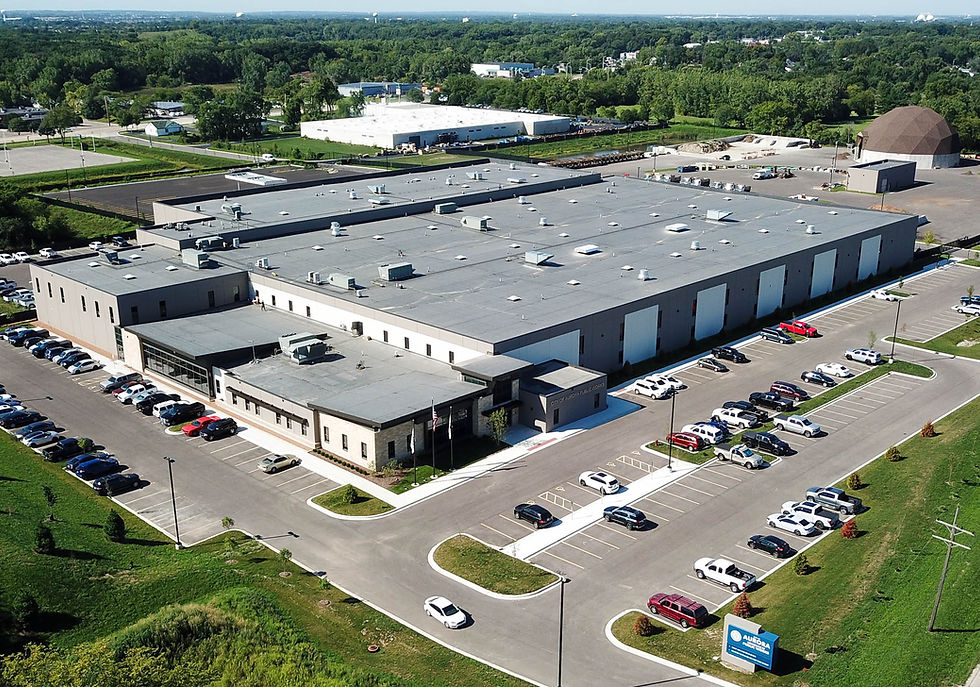Building with Precast Concrete: Protecting Against High-Velocity Projectiles from Tornadoes
- Dukane Precast
- Apr 5, 2023
- 2 min read
Updated: Jun 23, 2023

Understanding the Risk of Tornadoes and High-Velocity Projectiles Tornadoes are a significant threat to buildings and infrastructure, with high-velocity projectiles being one of the most severe risks. These projectiles can include debris, tree limbs, and other objects that can travel at high speeds, causing significant damage to buildings. In areas with a high risk of tornadoes, choosing building materials that can withstand these impacts is essential. Precast concrete is one such material, which has been found to have high resistance to high-velocity projectiles from tornadoes.
The Advantages of Precast Concrete in Disaster-Prone Areas Using precast concrete in disaster-prone areas has several advantages over other building materials. Precast concrete is highly durable, withstanding the effects of weather, fire, and other natural disasters. Additionally, precast concrete is pre-manufactured in a factory, ensuring that the quality of the material is consistent and meets industry standards. This consistency in quality ensures that the precast concrete used in construction projects will be highly resistant to high-velocity projectiles from tornadoes.
3 Key Factors make precast concrete highly resistant to high-velocity projectiles from tornadoes:
Strength and Durability: Precast concrete is made using high-quality materials, including aggregates, cement, and steel. These materials are mixed in precise proportions to create a durable, high-strength building material that can withstand high-velocity impacts from tornadoes.
Manufacturing Process: The precast concrete manufacturing process involves casting concrete in a controlled environment, ensuring that the quality of the material is consistent and meets industry standards. The controlled environment also allows for the inclusion of reinforcement materials such as steel, which further increases the structural integrity of precast concrete.
Design Flexibility: Precast concrete can be designed and manufactured in a wide range of shapes and sizes to meet the specific needs of a building project. This design flexibility allows for the creation of highly resilient buildings that can withstand high-velocity projectiles from tornadoes.
Building Codes and Precast Concrete in Tornado-Prone Areas Building codes and regulations play a critical role in ensuring that buildings in tornado-prone areas are designed and constructed to withstand the impact of high-velocity projectiles. In the United States, building codes are set by the International Code Council (ICC), which has developed a set of guidelines specifically for tornado-prone areas.
These guidelines require the use of building materials that can withstand the impact of high-velocity projectiles, including precast concrete. The guidelines also specify the minimum thickness of precast concrete walls and require the inclusion of steel reinforcement materials to improve the structural integrity of buildings.
Precast Concrete for Disaster Resistance In conclusion, precast concrete is an ideal building material for disaster-prone areas, especially in areas with a high risk of tornadoes. The material's strength, durability, manufacturing process, and design flexibility make it highly resistant to high-velocity projectiles from tornadoes.
Building codes and regulations also require the use of materials that can withstand high-velocity impacts, including precast concrete. By using precast concrete in construction projects, building owners and managers can ensure that their buildings are resilient and can withstand the impact of high-velocity projectiles from tornadoes.





Comments